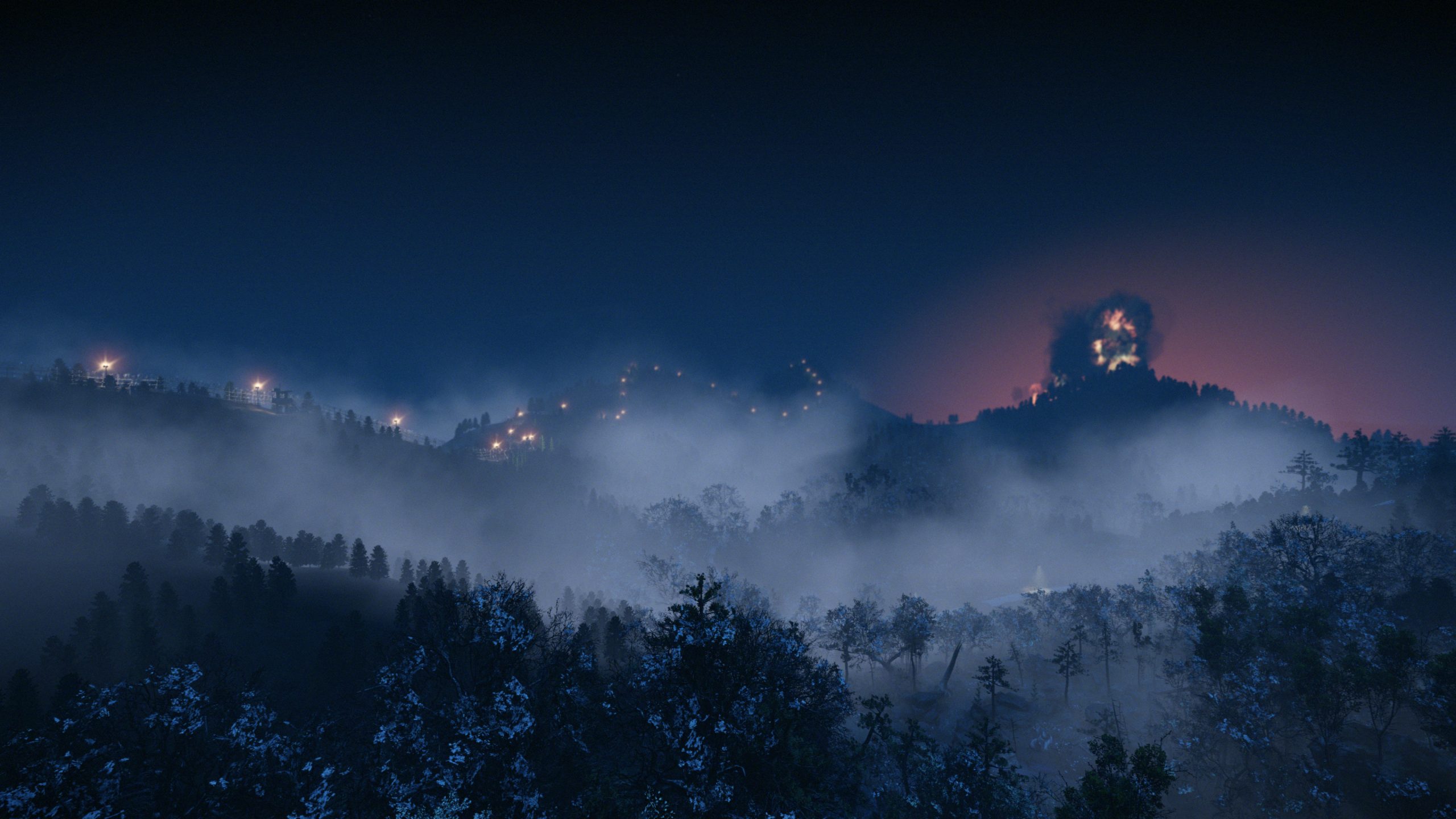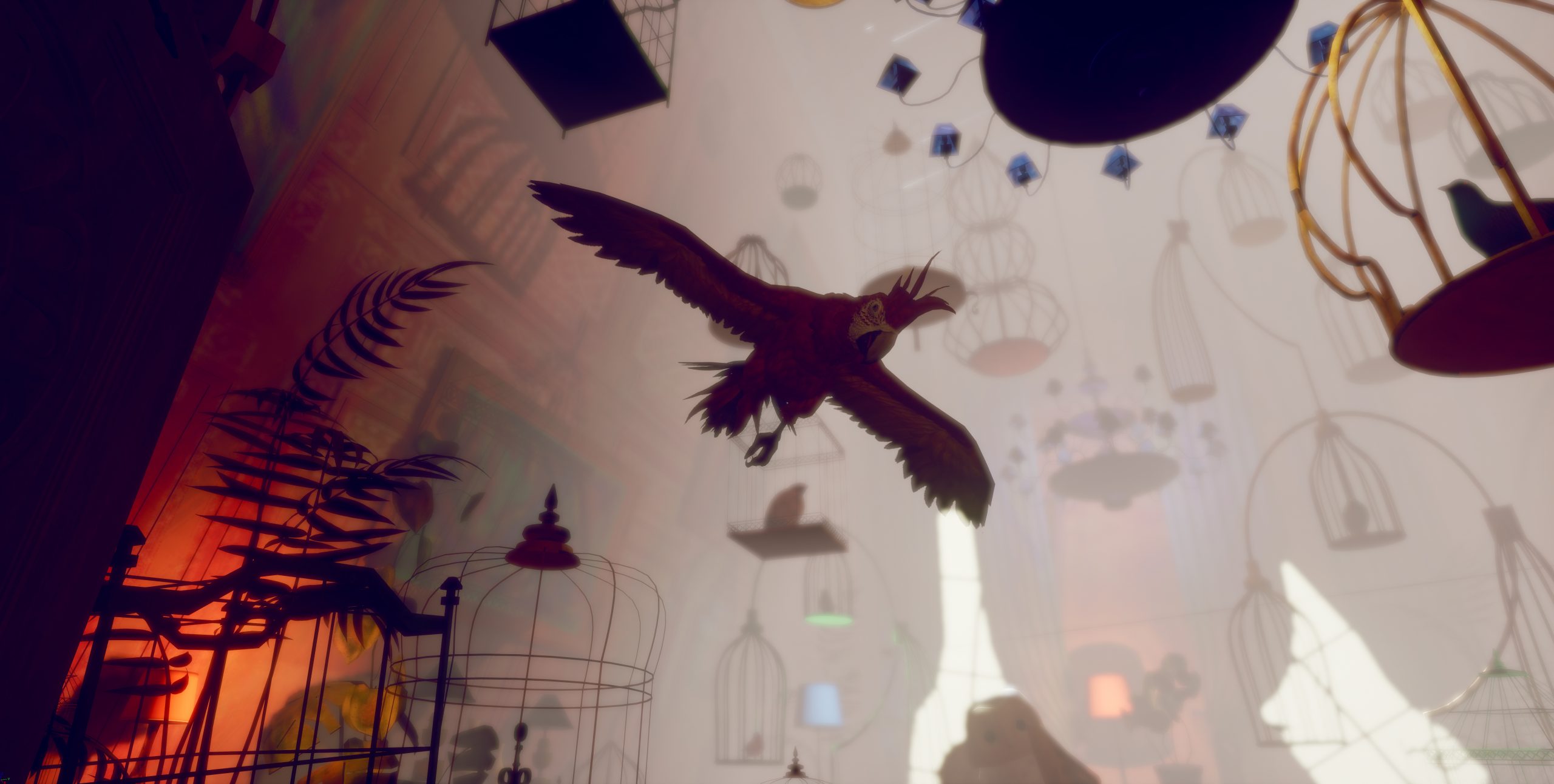
We are thrilled to present a screening of work by Paris and South Korea based multimedia artist Hayoun Kwon. Through animation and virtual reality technologies, Kwon bridges the realms of documentary and fiction to question ideas around borders, territory, memory, testimony, and reality itself. This week, we welcome School of the Art Institute of Chicago graduate student Jooyoung Lee to share some thoughts and contextual insight into Hayoun Kwon’s work.
Hayoun Kwon: Crossing the Forbidden Lands
Jooyoung Lee
Born in 1981 in Seoul, Hayoun Kwon is an artist and filmmaker based in France and South Korea. Working across documentary, virtual reality and animation, Kwon investigates the geopolitical questions of border and territoriality and their relation to national identity, memory, and history. Her works have been shown at the Cinéma du Réel Festival at the Centre Pompidou in Paris (2014), the 62nd International Short Film Festival in Oberhausen, Germany (2016), Doc Fortnight at the Museum of Modern Art in New York (2017), and the Palais de Tokyo in Paris (2017). In addition, Kwon has participated in the Real DMZ Project, a contemporary art project based on research conducted on the Korean Demilitarized Zone in South Korea and its border area.
The Korean Demilitarized Zone, also known as the DMZ, is a buffer zone between the Democratic People’s Republic of Korea (North Korea) and the Republic of Korea (South Korea) defined as a result of the Korean War. Kwon’s two works, 489 Years (2016) and Model Village (2014), invite the audience into the prohibited area of the DMZ. By merging both the fictional aspect and the reality of the border, the works reflect the DMZ’s particular geopolitical condition as an aftermath of the Cold War and an interwoven part of everyday life in the two Koreas.

In 489 Years (2016), Kwon adopts the form of documentary and virtual reality to take us into this forbidden and thus distant land. Based on the memories of a South Korean soldier who served in the DMZ, Kwon recreated an allusion of the no man’s land – a “natural paradise” that is simultaneously a field full of mines. The title, 489 Years, refers to the length of the time that it will take to remove all the landmines that were planted in the DMZ during the 73 years of division of two Koreas. “When you enter the DMZ you never know what will happen to you.” Following the narration of the soldier, a viewer passes a guarded gate and walks into the unknown in-between place for the survey mission where no map exists. In a lecture titled Behind the DMZ, Kwon remarks, “I was born in South Korea. So, North Korea was always a forbidden zone for me. I was very interested in the fictional dimension of North Korea.”

Model Village (2014) renders the fictional dimension of the DMZ and North Korea even more by remaking a North Korean propaganda village, Kijong-dong. Located near Panmunjom in the North Korean side of Demilitarized zone, Kijong-dong is a ghost town that was built for a propaganda purpose after the 1953 agreement, reflecting the tension between the two Koreas. Starting with the voice of an assumed agent rejecting the artist’s request to film Kijong-dong as it requires the UN’s approval, the film focuses on the mechanism of fiction in the constructed village. Rebuilt with transparent models of empty houses, the work also brings lines from A Broad Bellflower, a 1987 North Korean film directed by Kyung Soon Jo, further reinforcing its cinematic and empty utopian aspect.
Kwon’s interest in revisiting an individual’s memory, sensitively investigating the personal narrative and political situations, while questioning border and nationality, tracks back to an earlier time within her practice. The 2011 film Lack of Evidence invites viewers into the recollection of memory of a Nigerian asylum seeker named Oscar who escaped from his home country, in danger of being murdered. Reconstructed from an excerpt of an interview using 3D rendering and wire-frame, the film reveals how Oscar was refused asylum by the French administration because of the lack of evidence.

In 2017, Kwon presented her new virtual reality-based installation Bird Lady as a part of a group exhibition titled The Principle of Uncertainty, along with artists Walid Raad, Zachary Formwalt and Ho Tzu Nyen, in the Museum of Modern and Contemporary Art Korea. During a discussion about the exhibition, Kwon remarks: “I believe that virtual reality has to show more than an imitation of the reality. It is meaningful when a work can show what is beyond the reality. That is why I mainly use animation when I work with VR.” In an interview with Amelia Seely of Glasgow Film, Kwon explains that she utilizes the possibility of virtual reality to question what reality actually is in a society where “the truth is not fixed” but is in a continuous transition. The artist also finds it critical to be able to look around 360 degrees in VR as it breaks the rectangular frame of the camera and enables the spectators to sink deeply into the reconstructed personal and collective memory.

Investigating the construct of both the fictional and the documentary, the virtual and the real, Kwon asks the viewers to question the lines of separation. 489 Years and Model Village allow us to enter into the forbidden lands. While Lack of Evidence invites us to walk alongside the individuals whose lives become conflicted by politics, Bird Lady questions reality and memory. By fully immersing the viewers into the works, Kwon invites us to re-imagine the other realities beyond our own.